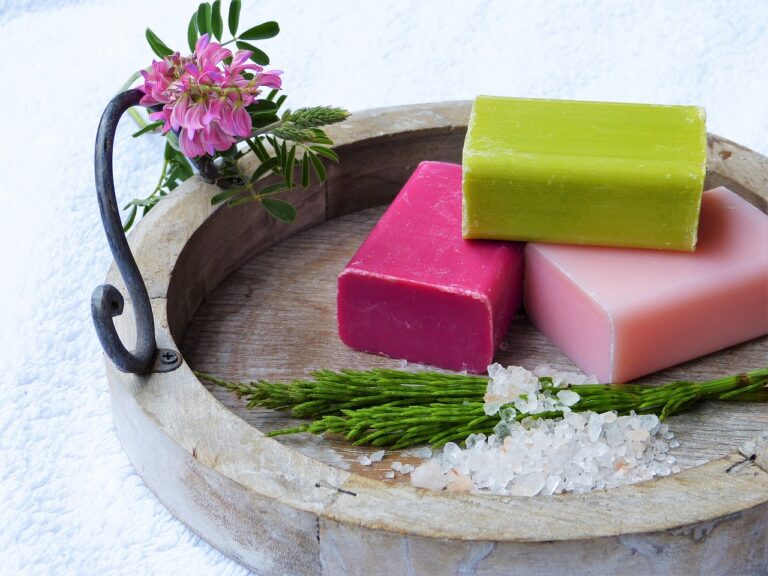The Benefits of Color Therapy for Emotional Well-being
Color therapy is a holistic healing practice that utilizes the power of colors to promote physical, emotional, and mental well-being. Each color is believed to have its own unique energy and vibration, which can affect our moods, emotions, and overall health. By incorporating specific colors into our surroundings, clothing, or even through visualization techniques, individuals can harness the healing properties of color therapy to restore balance and harmony within themselves.
Whether it’s the calming effect of blue, the energizing properties of yellow, or the grounding nature of green, different colors can influence our emotions in various ways. Red, for instance, is associated with passion and vitality, while purple is often linked to spirituality and intuition. Understanding the meanings and associations of different colors can help individuals choose the right hues to support their emotional well-being and enhance their overall quality of life.
How Color Affects Emotions
Color has a profound impact on our emotions and psychological wellbeing. Different colors have the ability to evoke specific feelings and moods in individuals, influencing their overall emotional state. Research has shown that warm colors such as red, orange, and yellow tend to energize and stimulate, while cool colors like blue, green, and purple are often associated with feelings of calmness and relaxation.
Additionally, cultural and personal associations with colors can also play a significant role in how they affect our emotions. For example, in many Western cultures, the color black is often associated with mourning and sadness, while in some Eastern cultures, it may symbolize mystery and elegance. Understanding how different colors can impact our emotional responses can help us make informed choices in our surroundings to create the desired atmosphere and influence our emotional state positively.







